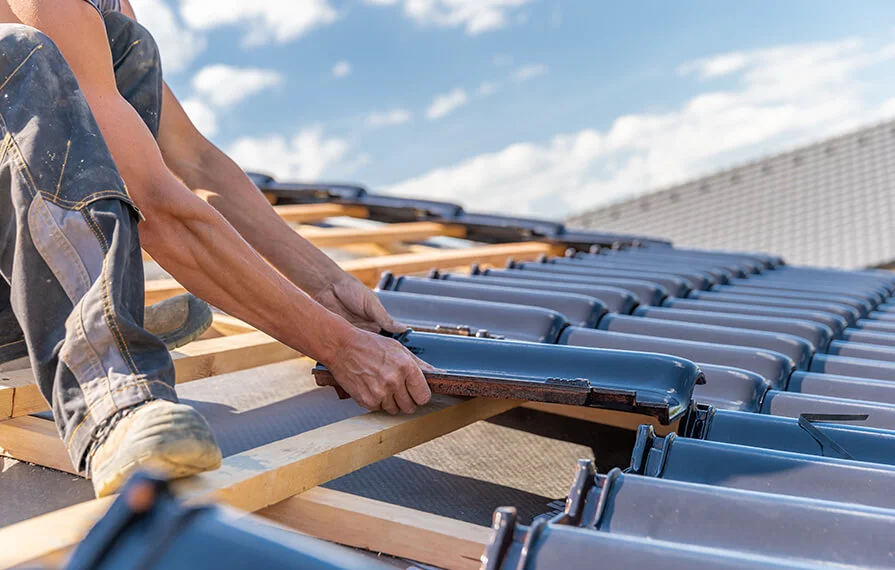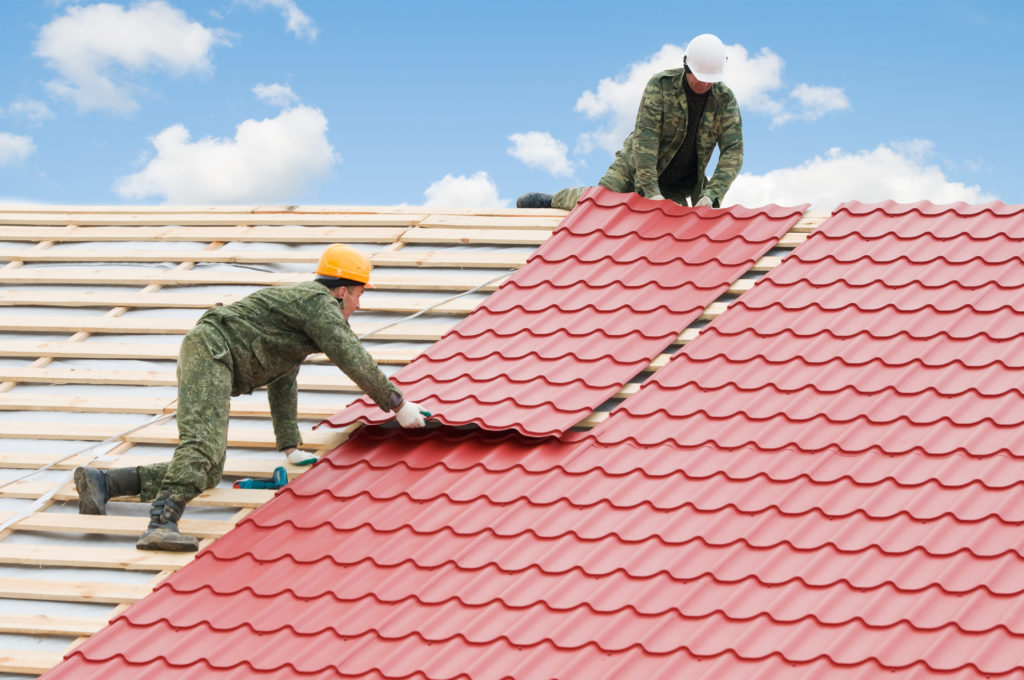A Comprehensive Guide to Effective Roof Apartment Roof Installation
The details of flat roofing system installation need a meticulous strategy, starting with a thorough understanding of different flat roofing system types and the necessary products needed for ideal efficiency. An effective installment hinges not only on the option of materials yet also on the prep work and implementation of each step involved in the process.
Comprehending Flat Roof Covering Types
When thinking about level roofing systems, it is vital to recognize the different kinds readily available, as each deals unique benefits and downsides tailored to details requirements. One of the most typical sorts of level roofing systems consist of Built-Up Roofing (BUR), Changed Bitumen, and Single-Ply membrane layers.
Built-Up Roof covering consists of several layers of asphalt and crushed rock, giving outstanding resilience and weather condition resistance. It is specifically advantageous in areas vulnerable to severe weather condition problems yet might call for even more maintenance as a result of its complicated construction.
Changed Bitumen is a prominent selection for its simplicity of setup and adaptability. It commonly uses a torch-applied or self-adhesive approach, which can be helpful for quick repair services and lasting performance. Nevertheless, its life-span can be shorter contrasted to BUR.
Single-Ply membranes, including Thermoplastic Olefin (TPO) and Ethylene Propylene Diene Monomer (EPDM), are identified for their light-weight nature and energy performance. These products are frequently liked for commercial buildings due to their cost-effectiveness and convenience of installation (Cleveland Roofing Specialists). They may not provide the same level of insulation as other choices.
Each roof covering type requires careful consideration based on environment, budget, and certain job demands.
Important Materials for Apartment Roof
A variety of essential materials are crucial for the effective installation of level roof. The selection of products straight impacts durability, efficiency, and general effectiveness.
Among the primary products is the roof membrane, which can be built from various materials such as thermoplastic polyolefin (TPO), ethylene propylene diene monomer (EPDM), or PVC. Each kind offers unique benefits, consisting of UV resistance and versatility, which are important for prolonged performance.
Along with the membrane layer, insulation materials play a substantial role in power efficiency. Inflexible foam boards or polyisocyanurate insulation are popular choices, as they offer excellent thermal resistance and dampness administration.
Moreover, roof covering adhesives and sealers are vital for ensuring a watertight setup. These products need to be compatible with the chosen membrane to avoid damage gradually.
Getting Ready For Installment
Correct preparation is important for a successful level roofing setup, as it lays the foundation for a long lasting and effective roof system. Begin by conducting a detailed assessment of the existing roofing system structure. Try to find indicators of damages, consisting of leakages, rot, or inadequate drain, which might jeopardize the brand-new roof. Make certain that the underlying materials are audio and can sustain the weight of the brand-new roof elements.
Next, gather all necessary tools and products, making sure that they meet market standards. This includes water resistant membrane layers, insulation, flashing, and fasteners. Familiarize on your own with the manufacturer's requirements, as adherence to these guidelines is vital for warranty purposes.
Furthermore, make sure that the workspace is clear of debris and obstructions to promote secure and efficient installation. Take into consideration climate condition; avoid setup during heavy rain or extreme temperature levels, which can impact product performance. Educate any type of owners of the building concerning the upcoming job to make certain safety and decrease interruptions. By taking these primary actions, you can improve the likelihood of a successful flat roofing system installment that meets both aesthetic and architectural requirements.
Step-by-Step Installation Refine
With the groundwork established with view it now detailed prep work, the following phase entails performing the flat roof covering setup methodically. Begin by ensuring that the structural deck is cost-free and tidy from debris. Next, set up a vapor obstacle to avoid moisture buildup underneath the roof covering product. This action is crucial for maintaining the roofing's honesty with time.
Complying with the vapor obstacle installation, lay down insulation boards, ensuring they fit securely together to decrease thermal linking. Protect the insulation with appropriate bolts based upon the roof covering type and neighborhood structure codes. As soon as the insulation remains in location, it's time to use the roofing membrane. Relying on the chosen product-- such as TPO, EPDM, or changed bitumen-- install the membrane according to the supplier's specifications.
Ensure appropriate overlap at sides and joints to develop a watertight seal. Use adhesives, mechanical fasteners, or warmth welding as called for. Mount blinking around perimeters, vents, and any type of roofing system penetrations to improve waterproofing. After setup, perform an extensive evaluation to recognize any possible concerns before ending the job, ensuring a durable and trustworthy level roofing system.
Maintenance Tips for Longevity
Regular upkeep is important to make certain the durability and efficiency of a flat roof. One of the main jobs is to carry out regular inspections at least two times a year, preferably in springtime and loss. Throughout these evaluations, search for indicators of wear, such as sores, fractures, or merging water, which can show underlying issues.

Guaranteeing appropriate drainage is crucial to stop water buildup. Check and clear rain gutters, downspouts, and scuppers to ensure unobstructed water circulation. In addition, inspect seals around vents, skylights, and various other infiltrations for any kind of indications of damage, using caulk or sealer as needed to keep a leak-proof obstacle.
Finally, consider specialist upkeep solutions every couple of Full Report years for complete inspections and repair work. By adhering to these maintenance ideas, you can substantially prolong the life of your level roofing system, ensuring it stays a trusted guard against the elements.
Final Thought
Reliable flat roof covering installment requires an organized technique encompassing thorough examinations, product option, and meticulous prep work. Sticking to the described steps throughout the installation process makes certain the appropriate application of roof membrane layers and insulation while improving waterproofing via efficient blinking installation.
The details of flat roof covering installation recommended you read demand a thorough technique, beginning with a detailed understanding of various level roof covering types and the necessary products needed for optimal performance.Proper prep work is important for an effective flat roof covering setup, as it lays the foundation for a efficient and durable roof covering system. After installation, conduct a comprehensive inspection to determine any potential issues prior to ending the project, making certain a reputable and robust flat roofing system.

Comments on “Cuyahoga Falls Roof Repairs for Every Roofing Problem – Affordable and Fast”